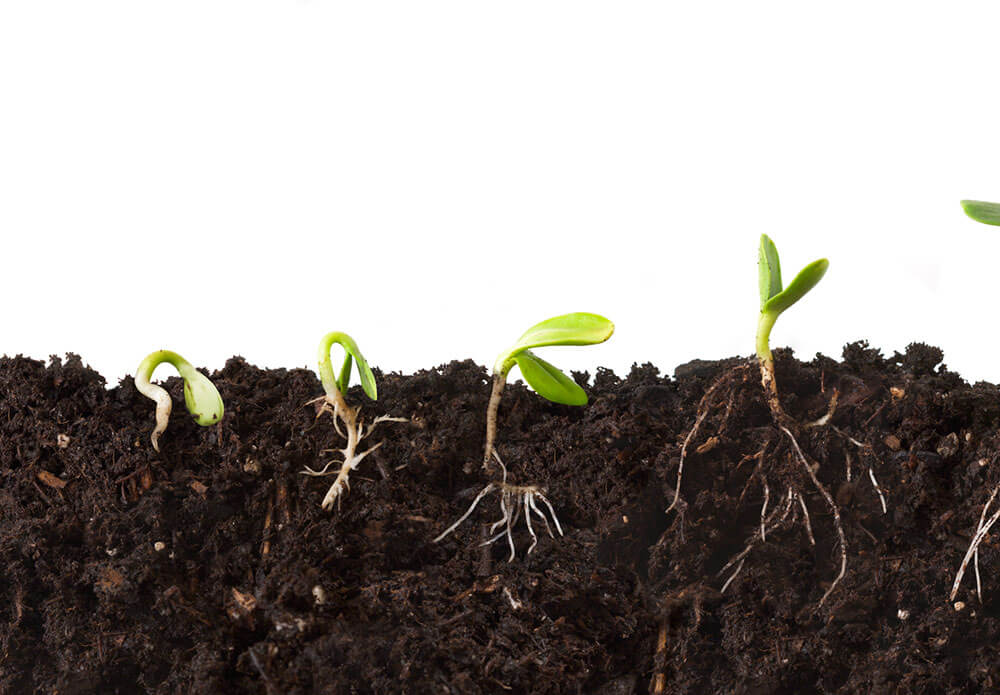The ‘Ecology’ of Cancer: Studying the ‘Soil’ that Enables the Disease to Thrive

Borrowing from the field of ecology, cancer is now being examined in terms of the relationship between a cancer cell and the traits of its local environment — the tissue, cells and blood vessels — that help it to thrive.
The severity of a cancer diagnosis is most often viewed through the lens of its stage (I – IV), which defines whether a tumor is isolated to its original location or has metastasized, potentially becoming more dangerous by spreading to other parts of the body.
Recent research is expanding how researchers and doctors look at cancer. Scientists are increasingly focused on the “soil,” or the microenvironment in the body that leads to cancer progression, allowing some cancer “seeds” to potentially take root and spread. A new wave of promising therapies focuses on attacking cancer cells by altering its local environment, its surrounding tissues, blood vessels, and immune cells, with the goal of making the environment an unfavorable location for the cancer cell to survive.
Derek Bartlett, a Principal Scientist at Pfizer’s La Jolla, California research site, is examining the metabolic interplay between cancer cells and immune cells in the tumor microenvironment. Nutrient competition and metabolic hijacking have long been recognized as strategies used by infectious pathogens to subvert the host immune response, but there is now increasing awareness that similar tactics are being employed by cancer cells within the tumor microenvironment. While the first wave of immuno-oncology agents, including checkpoint inhibitors, have made transformational advances for cancer treatment, the majority of patients’ tumors still do not respond to these therapies. The immunosuppressive “soil” in certain tumors is thought to contribute to the resistance to therapy. Several exciting new cancer therapies in development are aiming to restore the availability of depleted nutrients such as tryptophan, glutamine and arginine, and attempt to prevent the release or activity of immunosuppressive metabolites such as kynurenine, adenosine and ornithine. Ultimately, the goal is to reshape the “soil” such that the environment tips the balance in favor of the host immune cells instead of the cancer cells.
Oncology Ecology, Past and Present
The cancer “seed and soil” hypothesis actually dates back as far as 1889, when the English doctor Stephen Paget (the son of Sir James Paget, a father of modern pathology) examined the case files of 735 women who had died of breast cancer. He noticed that these cancers didn’t metastasize randomly, but rather spread in distinct patterns. Breast cancer cells were more likely to take root in the liver and bones, and in specific locations within these sites. Paget concluded that there must be something particularly favorable about a certain organ or tissue’s “local ecosystem” to allow metastasis to occur.
Today, these historical medical insights hold the potential to help predict whether a patient’s tumor will metastasize and thus need more aggressive treatment. Known as “host factors,” researchers are looking at why some people’s bodies have favorable traits that encourage circulating cancer cells to take up residence and others have the ability to suppress their growth.
Looking at cancer from a wider “ecological perspective” may help us to understand the disease in its broader landscape—and how to potentially create unwelcome habitats for cancer cell survival.
